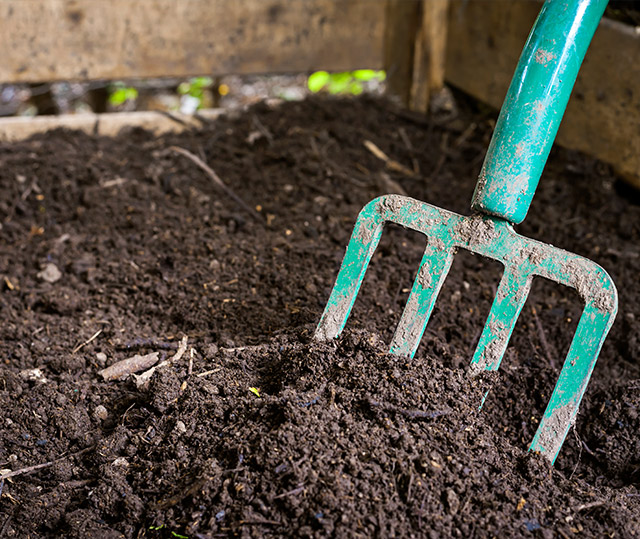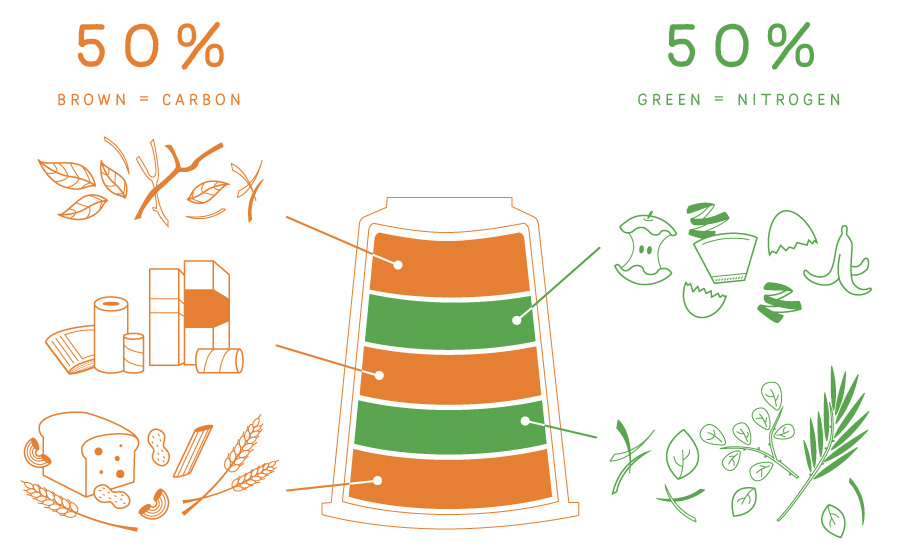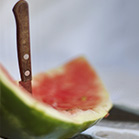

Composting
Almost one third of the waste we produce in Newfoundland and Labrador is organic.
In this Section
Composting
Did you know that 30% of the waste we produce in Newfoundland and Labrador is organic material? Reducing the amount of organic waste we produce is key to reducing the amount of greenhouse gases we send into the atmosphere and the best way to do this is by composting. This is because when materials are composted instead of being sent to landfill, they are able to decompose in the presence of oxygen and methane is not produced.
There are two main ways to compost:
- Backyard Composting - This method involves keeping a small bin in your kitchen to collect scraps and a larger bin in your backyard where the material can break down into nutrient-rich soil conditioner for your garden.
- Vermicomposting - Vermicomposting, or composting with worms, is an alternative if you don't have an outdoor space that is suitable for backyard composting. Vermicomposting can be done inside your home with a closed bin containing red wiggler worms that break down the organic material.
- According to the MMSB, creating a good compost requires having a mixture of materials that are 50% "brown" and 50% "green." Brown materials are a good source of carbon, such as dried leaves, paper, rice, oats and pasta. Green materials are a good source of nitrogen, such as fresh grass clippings, fruit and vegetables.
Quick Tip
Each time you add green kitchen waste to the compost pile, cover a layer of browns. This will maintain the brown-to-green ratio and keep flies and odors away.
Collect and store fall leaves in a covered container next to the compost bin, to be added to the pile in the spring to absorb excess moisture.

| Brown Items = Carbon | Green Items = Nitrogen | Items to Avoid |
|---|---|---|
|
|
|
Take Action
For more information on composting, check out the MMSB's website.
Quick Tip

Cut material into smaller pieces to increase the surface area. This allows material to break down faster in the compost pile.
In this section
Composting
Reducing, Reusing and Recycling

